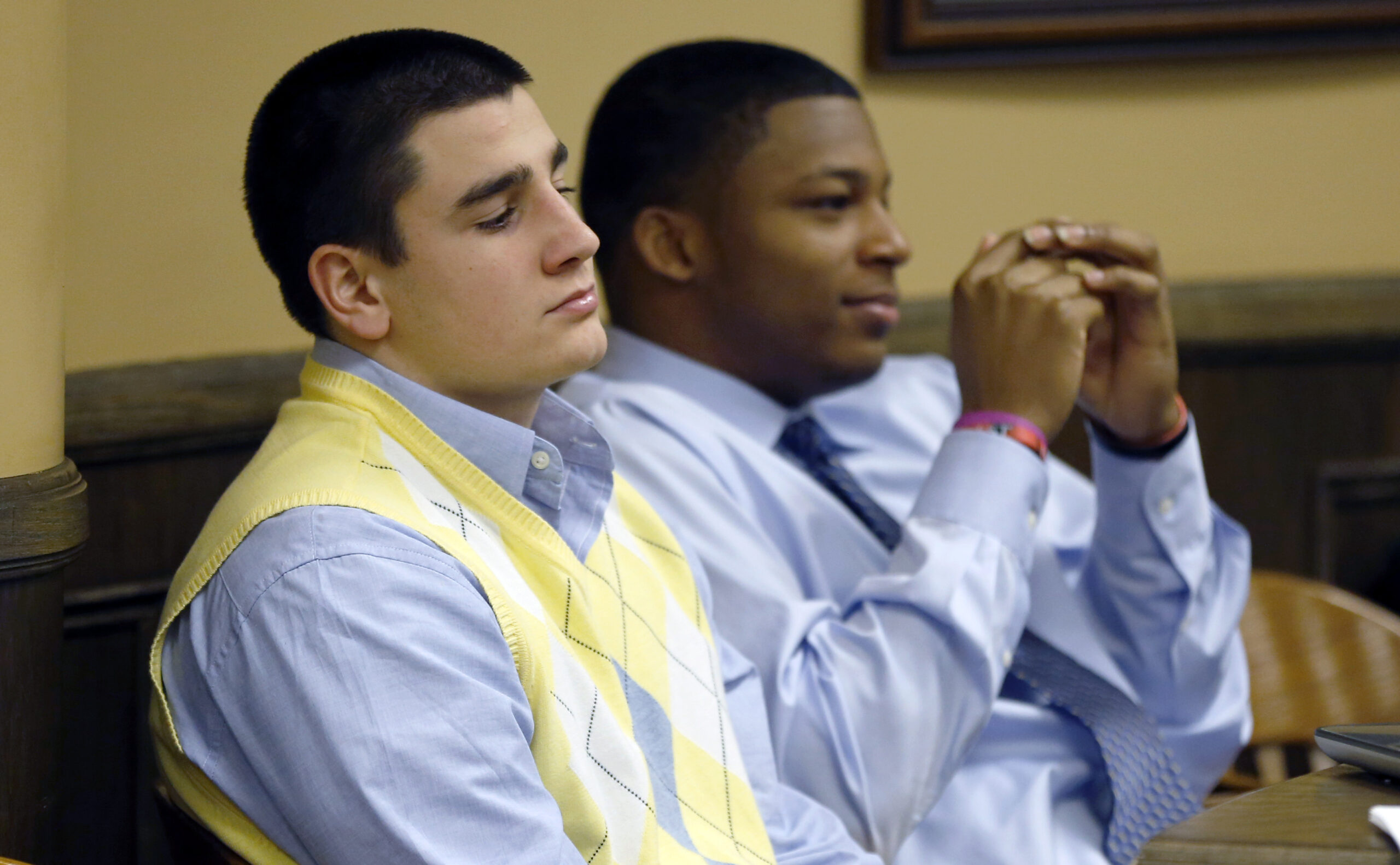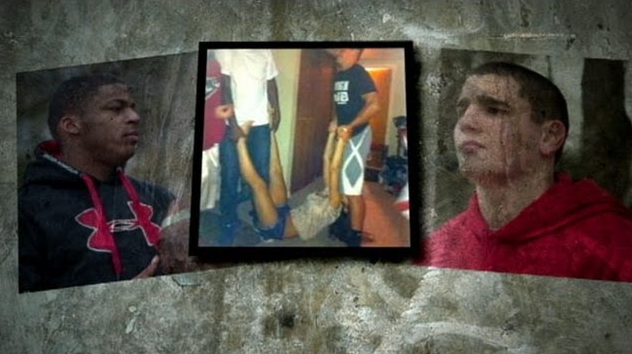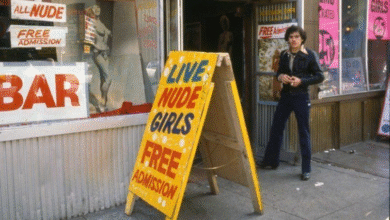Steubenville Rape Case: A Wake-Up Call for America

Steubenville Rape Case: A Wake-Up Call for America
The Steubenville rape case, which unfolded in 2012 in the quiet town of Steubenville, Ohio, became one of the most disturbing and widely publicized examples of sexual violence among teenagers in the United States. This incident not only exposed the dark side of youth culture but also ignited a national conversation about consent, accountability, and social media ethics.

What Happened?
On the night of August 11, 2012, a 16-year-old girl attended a series of high school parties. She was reportedly intoxicated to the point of unconsciousness. Throughout the night, two teenage boys—Trent Mays and Ma’lik Richmond, both football players at Steubenville High School—sexually assaulted her while others watched, took photos, and recorded videos.
What made the case particularly horrific was that images and videos of the assault were later shared on social media platforms, accompanied by mocking comments. The online evidence played a crucial role in bringing the case to light and ultimately led to the arrest of the perpetrators.

The Trial and Sentencing
In March 2013, both Mays and Richmond were found guilty of rape in juvenile court.
- Trent Mays received a two-year sentence.
- Ma’lik Richmond was sentenced to one year.
The leniency of the sentences caused widespread outrage and became a flashpoint for activists advocating harsher penalties and better protection for victims of sexual violence.
The Role of Social Media and Anonymous
A critical turning point in the case came when Anonymous, a hacktivist collective, released leaked videos, text messages, and online posts that revealed not only the assault but also a broader culture of misogyny, entitlement, and cover-up. Their involvement brought national and international attention to the case, putting pressure on local law enforcement to act.
Public Reaction and Media Controversy
Many were shocked at how mainstream media initially framed the story. Several news outlets were criticized for sympathizing with the rapists, emphasizing how the conviction “ruined their promising futures” while downplaying the trauma of the victim.
This sparked an important debate on how media should report on sexual assault cases—with sensitivity, respect for the survivor, and a focus on justice.

Impact and Legacy
The Steubenville case has left a lasting impact:
- It led to increased awareness about sexual consent in American schools.
- It highlighted the dangers of digital voyeurism and cyberbullying.
- It contributed to changes in how law enforcement handles digital evidence in sexual assault cases.
- It inspired activism and educational programs aimed at changing toxic behaviors among youth.
Conclusion
The Steubenville rape case was not just a criminal incident—it was a cultural turning point. It forced the nation to confront the uncomfortable truth about how rape culture, peer pressure, and social media abuse intersect to harm victims and shield perpetrators.
What happened in Steubenville must never be forgotten. It serves as a call to action—for schools, parents, communities, and the justice system—to do better, protect our youth, and foster a culture of respect and accountability.





